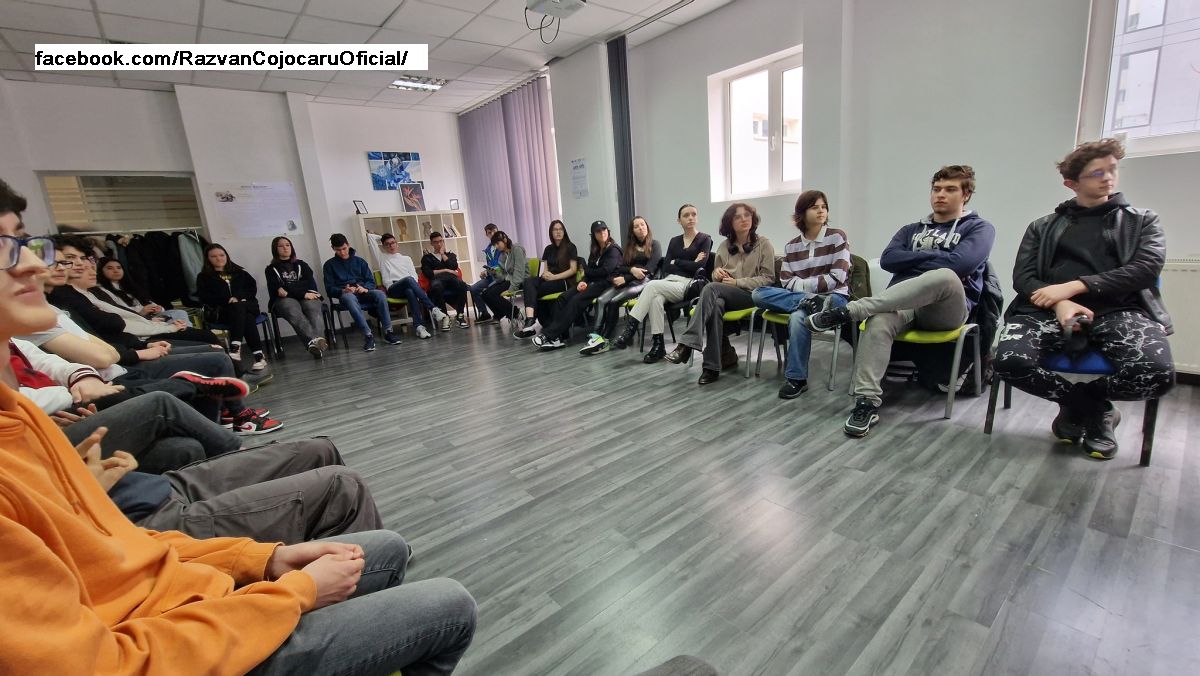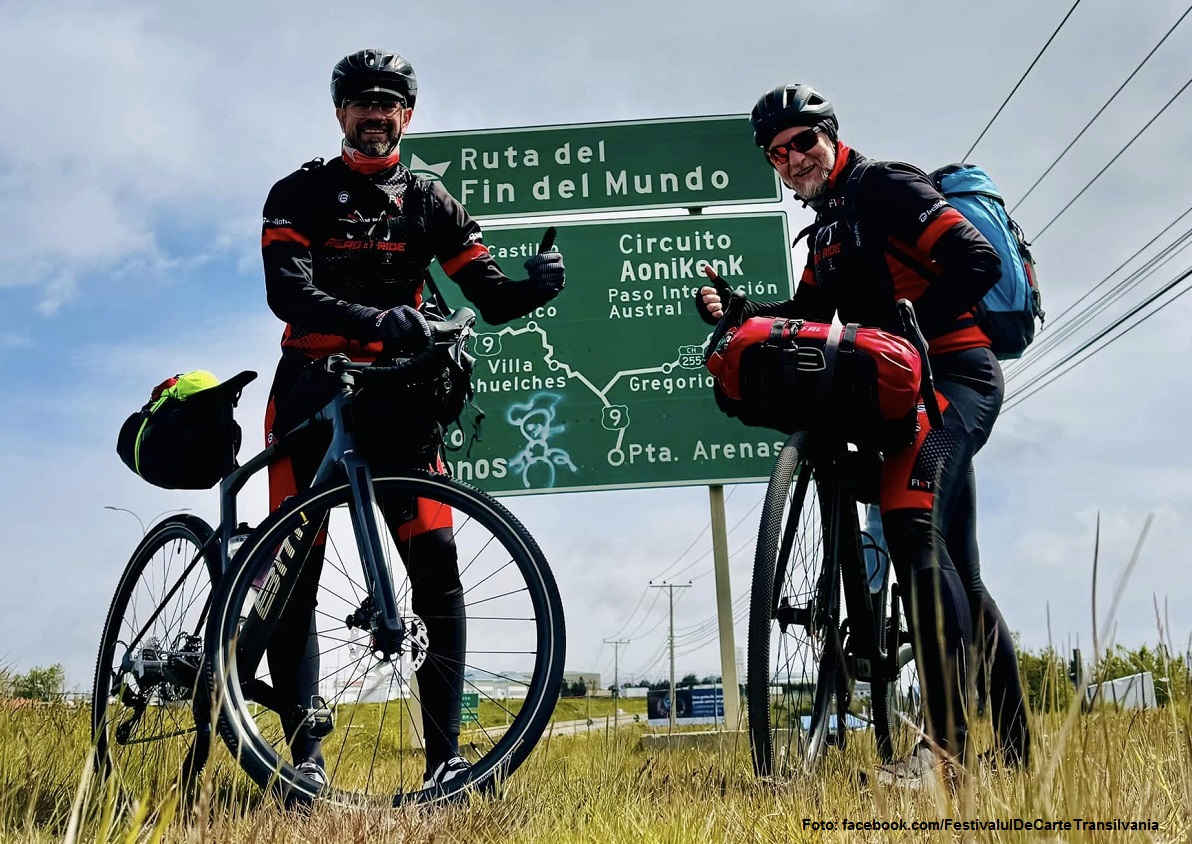The Romanian traditional apparel and its history
Re-enacting the tradition from 160 years ago
Warning: Trying to access array offset on null in /home/web/rri.ro/public/wp-content/themes/rri/template-parts/content.php on line 53

Warning: Trying to access array offset on null in /home/web/rri.ro/public/wp-content/themes/rri/template-parts/content.php on line 98
Ana-Maria Cononovici,
07.12.2021, 14:00
Piety overwhelms visitors as they enter the Namaiesti Monastery’s
Ethnographic Museum. Namaiesti is a village in Arges county, located in central-southern
Romania. And piety prevails there not because we’re speaking about a monastic museum but mainly because hundreds of days of work are behind each and every
item on display. We get into the atmosphere of the fairy-tales, we’re being welcomed
by wedding pageantries, and welcoming us are hundreds of dummies clad in traditional
apparel from head to toe. Nun Lucia Nedelea is the Reverend Mother of Namaiesti
monastery. She told us how the museum came into being.
Reverend Mother Lucia Nedelea:
The idea kind of crossed my mind, to get a small
museum started, it’s just that I didn’t have that much to fill it with. And then
I went to my mom’s, since I was aware I hailed from family with quite a tradition
behind it, and where the traditional costume held pride of place, I told mother
what I wanted to do and then mom told me she would give me all her costumes
that were left in the house, save for one, which she wanted to be dressed in,
at her own funeral ceremony. I told her that’s what tradition was all about, it
was the Romanian people’s identity card, that people had to be promoted, admired
and carried forward. I told her that, first and foremost, for me, that costume
had an artistic value, then it had a sentimental value, I went as far as telling
her it even had a spiritual value. For me it was like an icon. I think I told
mom many other things back then, so much so that she gave it to me, and then I
asked her, when she and her elderly ladies gathered in their little church, I wanted
her to ask them who would like to donate and I told her that those who donated,
their names would be written in the monastery’s founders ledger and they would
be mentioned during the sacred liturgy. And mom talked her grannies into doing
that.
The groom, the bride, their sisters, their brothers, the parents,
the grandparents, the godparents, the priest and the deacons, all dressed up,
are gathered in the room re-enacting the first wedding.
Reverend Mother Lucia Nedelea:
For the first wedding we’ve got the following (traditional
costumes) 130, 150, 150, 130, 160, 150, 160 years old. And have headdresses, marame, in
Romanian, a thin gauze countryside women cover their head with, when they have their
traditional costume on, they’re even 200 and 150 years old. I have a couple of such
headdresses manufactured here by several nuns, it’s a bunch of artists that we
had here, they were masters of the needle who took the fame of all that abroad.
You will also see in the church the holy shroud, an embroidery in gold and silver
thread commissioned by Queen Marie and manufactured by the nuns here, in the monastery.
Her Majesty ordered it, bought it and then donated it to the monastery, so that
the nuns can also handicraft similar masterpieces
And then when she found out she also had the priestess’s old apron,
she staged a second weeding, that of the priest’s son, another impressive show
of traditional costumes, with lavish embroidery, worked in sleave, everything
of an indescribable beauty. Once donated, all those garment items were very
well preserved, so that their initial brightness could be restored.
Reverend Mother Lucia Nedelea:
For one given item, we intervened 5, 6 times or so;
we did the washing using rainwater, with home-made soap, it didn’t come out as
we wanted to, right from the first try, then we tried that for the second and
the third time around, until we got them the way we wanted to and brought them
to the stage you’re now seeing they’re in.
Also with her mother’s help, nun Lucia Nedelea put the peasant sandals on the dummies’ feet and then she began to write the illustrated verse
story of the dummies’ weddings.
As soon as we’ve staged the first wedding, mother
reminisced about her childhood, when she had written a couple of lines and she
sang me a little song, when I got home, telling me why didn’t I try to compose
a few lines for the weddings that we’d done, a poem, no matter how short it was.
And that’s how the idea crossed my mind and I began with the first wedding,
then I staged the second one and after I’ve finished writing the poems, the verse
presentation of the museum, I mean, I tried to write a first poem for Saint Basil.
And I wrote a book in verse, that of the lives of the saints, and with God’s
help and if am still healthy, I shall begin the second volume.
We recall that the Romanian peasant embroidered blouse was awarded the gold medal at the World Exhibition held in Paris in 1909 and occasioned by the inauguration
of the Eiffel Tower. And, since the peasant embroidered blouse was also among
the exhibits, the nun continued to introduce to us the one-of-a-kind exhibits in
the museum.
Reverend Mother Lucia Nedelea:
This is the traditional embroidered blouse that won
the gold medal back then, And here, I have created a little corner for my women
predecessors. And here is the Reverend
Mother who got me admitted to the monastery, 46 years ago. She is clad in a
gown of genuine mohair, woven here, at the monastery, and which is more than a
hundred years old. And what we have here, is a historical personality, that of nun
Mina Hociota, who activated here during the inter-war period. She was an utterly special person; she literally broke the pattern of
the ordinary woman. She was charismatic, she was brave, strong, intelligent and
selfless. During World War One, she was on the frontline, in the trenches, she
took out the wounded, she had them sent to hospital, to the infirmary, or she medicated
them on the spot. Her medical knowledge was thorough, and later on the
physicians in the area used to call on her because of such knowledge. For all
her merits, she was awarded the Commemorative Cross of the 1916-1918 War, which
was a Romanian commemorative medal instated by King Ferdinand on June 8, 1918,
and awarded to all those who participated in World War One, she was raised to
the rank of knight, she was a second-lieutenant and even had a short stint as commanding
officer. For all that, she was awarded quite a few medals, distinctions and patents,
of which the most important was the Star of Romania, which is the oldest national
order that has so far been awarded to three women personalities alone.
The museum in Namaiesti, Arges county, also displays the villagers’
daily attire and women’s traditional costumes, according to rank and status,
with the young women wearing lively-coloured headwear while the married ones
wore flowered headdresses against a black background. As for Reverend Mother Lucia Nedelea,
she is glad to spin the yarn of each and every costume, in verse. And when she
does that, the world of the museum is brought back to life, again and again.
(Translation by Eugen Nasta)






























